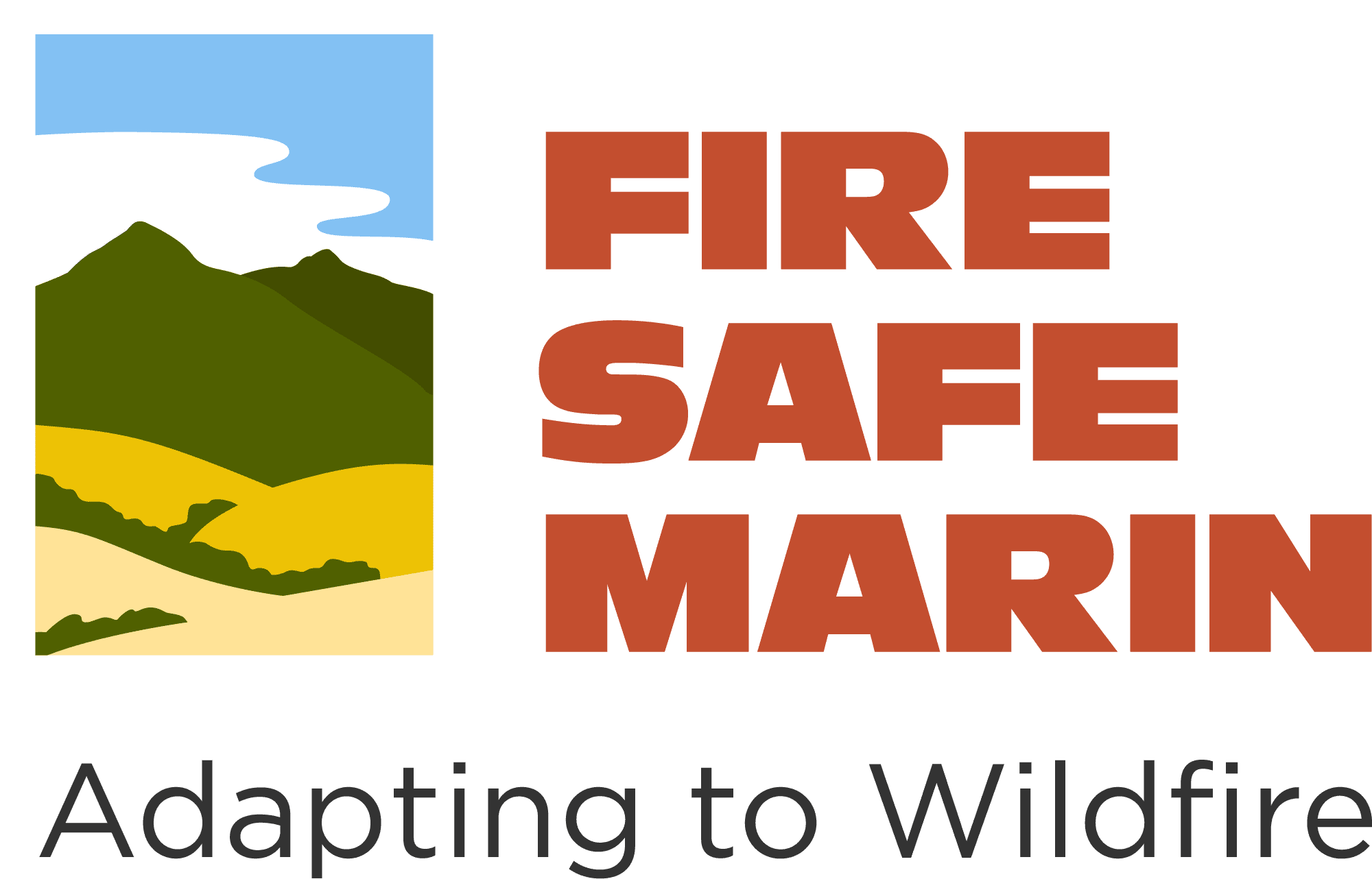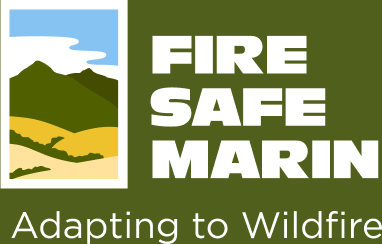
As wildfires surged in 2017 and 2018 those of us in the climate and environmental community focused on the connection between wildfires and climate change. We noticed heat waves, melting snow earlier in the spring, alarming rise in state’s average temperature, and prolonged drought. Scientists agree that climate change has increased the length of the season and the frequency of extreme weather events.
A leading climate scientist at University of California, Merced, estimated that the frequency of extreme wildfires would increase by nearly 50 percent if global greenhouse gas emissions continued at a high rate. At the same time other environmental organizations were raising concerns about the impact of wildfires on biodiversity and the ecology of Marin’s vegetation landscape.
These groups expressed interest in collaborating with fire officials in providing expert advice and consultation. The fire chiefs welcomed the input, and amendments were made to the Marin Wildfire Prevention Authority’s (MWPA) joint powers resolution reflecting the role climate change plays in the escalating threat of wildfires and the need for expert guidance in implementing the plan with ecologically sound practices. The creation of the Ecologically Sound Practices (ESP) Partnership is an outgrowth of this process. As Marin County and Ross Valley Fire Chief Jason Weber said, the MWPA-ESP Partnership marks a new way of working together that can serve as a model for other communities facing wildfire emergencies.
Ecologically Sound Practices Partnership advises Marin Wildfire Prevention Authority
The ESP Partnership is a collaboration between the fire authorities and climate and environmental organizations of Marin to mitigate the risk of wildfires in a way that maintains or enhances the natural environment. The coalition works as advisors to the fire professionals, defining best environmental practices to guide the implementation of the wildfire prevention plans and offering expertise and recommendations on specific projects. For more information visit the MWPA website and ESP Partnership.
This partnership highlights the talent within our own community and the importance of working together to achieve common goals in extraordinary ways. The ESP Partnership allows a forum to:
- provide expertise about ecologically sound best practices;
- bring questions, concerns and solutions to the table;
- coordinate communication with the fire professionals;
- reduce redundancy of efforts;
- develop solutions across areas of expertise.
ESP has a broad-based membership. They now meet on a regular basis and members are grouped into three subject matter committees:
1. Vegetation Management and Habitat Protection: this group is focused on developing best management practices for fuel reduction projects in wildlands, provide subject matter expertise for project development, and environmental regulatory compliance.
2. Carbon Resource Management: This group is focused on developing best management practices to reduce carbon emissions, enhance carbon sequestration and support a healthy Marin landscape. A biomass recovery study endorsed by Drawdown: Marin is an ESP project.
3. Defensible Space/Bio-diverse, Fire Smart, Water Wise: This team focuses on providing best practices and ecological messages related to defensible space with target audiences including general public, residents, landscape professionals, and defensible space inspectors.
ESP as a Community Resource
ESP has broad based membership, including experts from county government, the non-profit community, specialists on native plants, habitat, gardening, biodiversity, compost and sequestration, waste management, tree services, open spaces and policy leaders. Over 70 participants, many of whom are educators, are signed up. ESP draws upon this diverse mix of specialists in offering advice and support to FIRESafeMARIN, Marin’s Firewise communities, Resilient Neighborhoods, cities and other community leaders.
Examples of opportunities to apply ESP best practices to wildfire actions
- Early work planned by MWPA involves managing vegetation along escape routes to facilitate safe evacuation in the event of an encroaching wildfire. Factors influencing extent of vegetation removal depend not only on fire prevention criteria (width of right of way, ownership patterns) but also on environmental issues such as vegetation types, nesting birds, invasive plant management, aesthetics, and tree care.
- Vegetation management for defensible space within 100’ of buildings, occurs mostly on private property. Because of expected enhanced compliance resulting from increased defensible space inspections funded by MWPA there are opportunities to transform unmanaged properties to fire smart, water wise and biodiverse landscape. Most promising is the opportunity to replace fire hazardous plants with well-maintained natives and other pollinator friendly plants. This could result in a regional improvement in environmental conditions for the native biological food web.
- Carbon sequestration and emissions reduction call for large tree retention in the landscape and optimizing the use of organic resources (aka green waste). ESP is working on how best to manage the material removed to mitigate carbon loss. Keeping large woody plants in the urban landscape and adapting forest cover for fire resilience have potential to increase carbon sequestration. Home hardening can reduce combustion of house related carbon during wildfires. See accompanying article on an ESP project to address this issue.
Some Specific Issues to Ponder
- San Rafael and other cities are also identifying narrow streets and implementing parking restrictions for red flag days and/or times of emergency. This is essential to getting people out safely and may be more important than intensive vegetation management. Again, we must be mindful that well irrigated or treed landscapes can be fire resistant in general. In a firestorm, all bests are off.
- Fuel breaks, areas on the margins of neighborhoods where hazardous vegetation is thinned can often become inviting new habitat for invasive plants, such as thistle and broom. On the other hand, building fuel breaks where broom is the primary hazard, long term management by MWPA holds the promise to enhance these habitats by keeping broom at bay.







